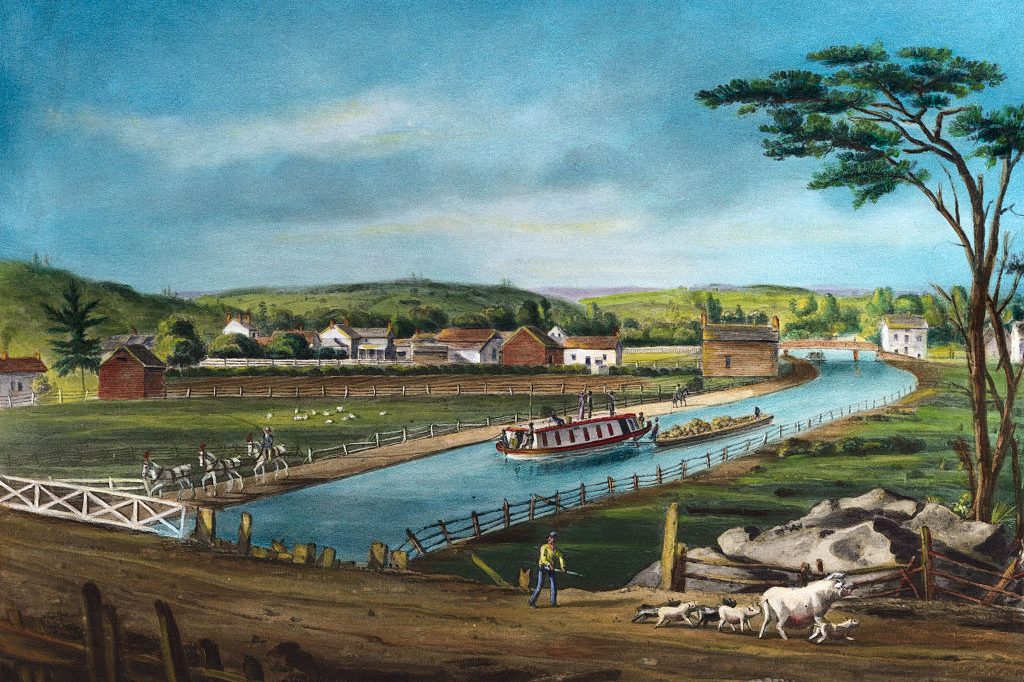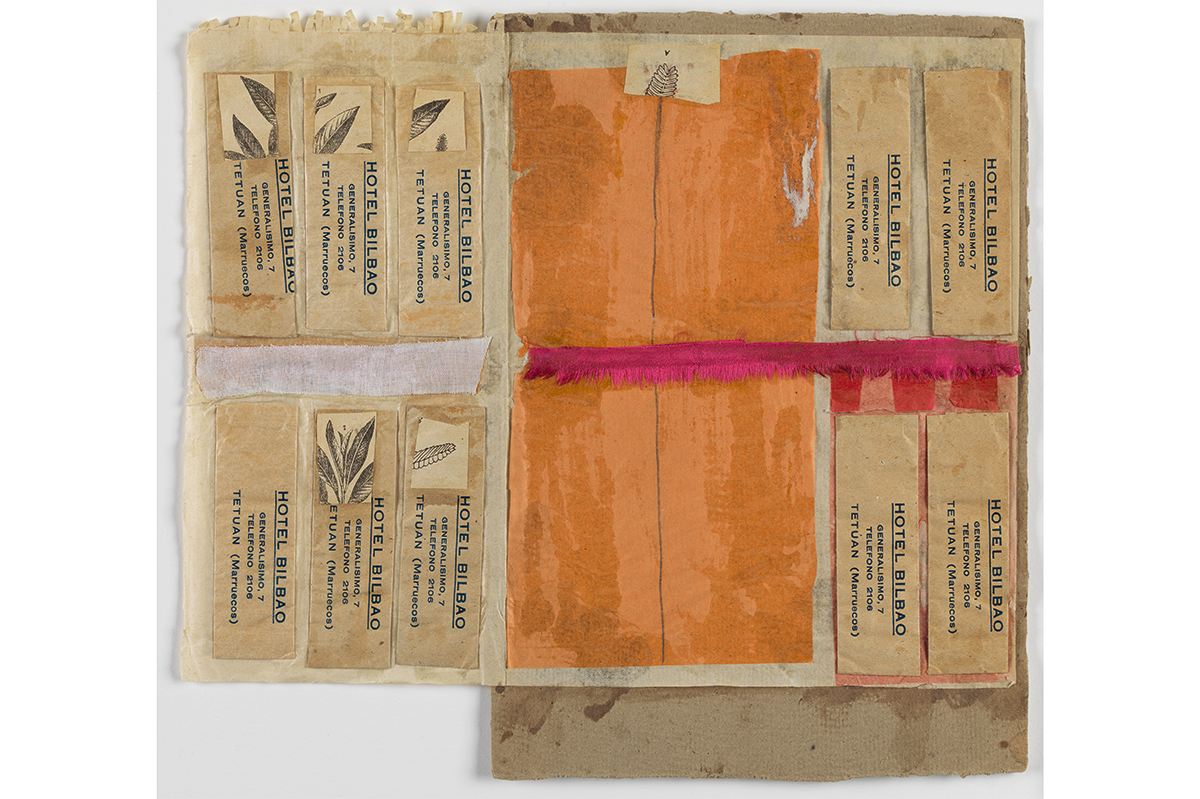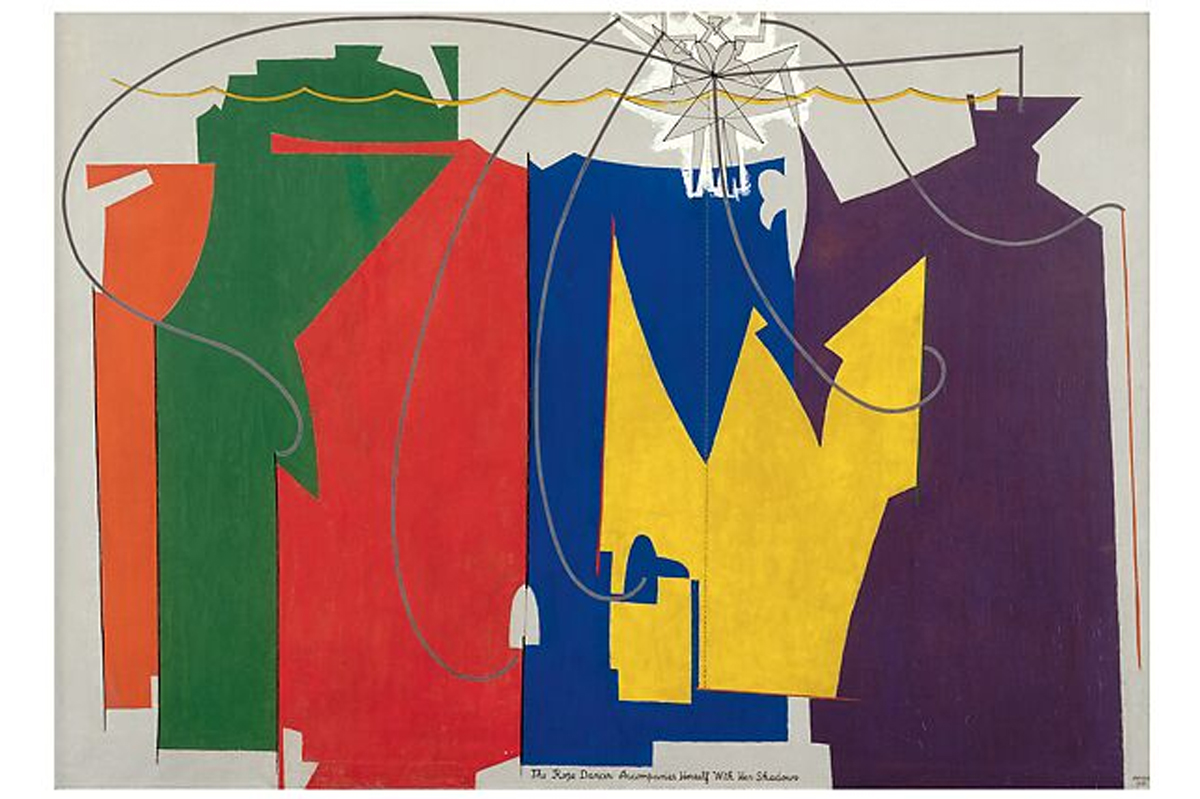I’ve got a mule, her name is Sal
Fifteen miles on the Erie Canal
She’s a good old worker and a good old pal
Fifteen miles on the Erie Canal
I’ve a pal named Sal – he’s no mule, alas – but it’s only a 15-mile trip for me, too, up Route 98 to the Erie Canal, which turns 200 years old this October 26.
I while away the occasional summer morn sitting by its banks, editing or writing or reading, coffee washing the donuts down my maw. I love the old canal town of Albion (where perfidy has no place!), its tumbledown Main Street blessed by the silver-domed Orleans County Courthouse. The Upstate New York folklorist Carl Carmer grew up here, as did the sleeping car magnate George Pullman. Both left town as young men, though George underwrote the construction of the Pullman Memorial Universalist Church, an impressive Medina-sandstone Gothic house of worship brightened by Tiffany stained-glass windows. (Curious as to what a Universalist service was like, my wife and I attended one at the Pullman a quarter-century ago. The minister delivered the second-most embittered sermon I have ever heard, a strangely anachronistic denunciation of Pat Robertson. No one is quite so intolerant as the tolerant.)
Anyone asking why the canal was a bad idea was dismissed as a mossback
The crackpot idea of a canal linking Lake Erie with the Hudson River was refined in a series of essays composed in a debtor’s prison in 1807 by a flour miller named Jesse Hawley. As is always the case with pleas for state subsidy, naked self-interest was dressed in a language of profit and patriotism. Sure, a canal might put a few pennies in the purse of, say, your average flour merchant, but more importantly it would bring about a display of national wealth that would “scarcely be equalled by the old world.”
DeWitt Clinton, the New York office-chaser and sometime governor whose surname provoked the epithets “Clinton’s Folly” and “Clinton’s Ditch,” began his political life as a principled Jeffersonian opponent of internal – “infernal,” to critics – improvements. But political principles are often elastic. Clinton flipped, even though the great Jefferson himself had dismissed the thought of “making a canal 350 miles through the wilderness” as “little short of madness.”
The New York legislature stacked a commission with pro-canal partisans, lobbyists lobbied and Clinton gasconaded, with proto-Trumpian hyperbole, that New York would build “a work more stupendous, more magnificent and more beneficial than has hitherto been achieved by the human race.”
Those on the hook for subsidizing all this stupendousness were less enthused. A husbandman using the alias Peter Ploughshare asked, “I should like to know whether my little farm in the county of Jefferson has got to be taxed from year to year, for the purpose of enabling the farmers on the shores of Lake Erie, Huron and Michigan to bring their produce to market for nothing.”
You got it, Peter! And for those unlucky enough to own land along the projected path of the canal and American enough to believe that this land was their land, eminent domain awaited.
The first spade hit the dirt on July 4, 1817, near the appositely named Rome, New York. Eight years later, the Erie Canal was completed. To mark the occasion, cannons blasted sequentially for 81 minutes, eastward along the canal towns and then down the Hudson River to New York City.
Governor Clinton and various panjandrums traveled in a procession of boats from Buffalo to Albany to New York Harbor. The flotilla invaded the Atlantic Ocean, into which the governor poured two red, white and blue barrels full of Lake Erie water. Thus was Lake Erie joined to the Atlantic – and anyone asking why this was a good idea was dismissed as a mossback.
Clinton’s Ditch was a marvel of engineering and bullwork. Its 363 miles were more than a dozen times the length of the next-longest extant American canal, the 27.5-mile Middlesex of Massachusetts. The whole thing was, admittedly, stupendous.
A decade hence, Nathaniel Hawthorne, riding on a “dirty canal boat,” was unimpressed with this “interminable mud-puddle,” dark and turbid, but pleasure cruises for New England littérateurs were not the point. The canal was meant to expedite commerce, to move produce and freight faster and cheaper – and it did. The per-ton mile cost of moving goods from Buffalo to New York City fell from 19.12 cents in 1817 to 1.68 cents 20 years later.
History happens, and we are left to catch as catch can. Had I lived two centuries ago I suppose I’d have been a hardcore anti-canal man, preferring an agrarian New York to the republic (soon to be empire) of commerce. But here I sit, summer breeze-cooled, becalmed by the Erie waters, and all is well.
This article was originally published in The Spectator’s August 2025 World edition.


























Leave a Reply